[ad_1]
It is a vehicle that is revered today, not only for its sensational design and style, but also for its progressive engineering. It’s the Cord 810. And this week in 1934, Harold Ames, vice president for Cord Corp., submitted a patent for its most widely copied feature: the concealed headlamp.
An Indiana car empire is born
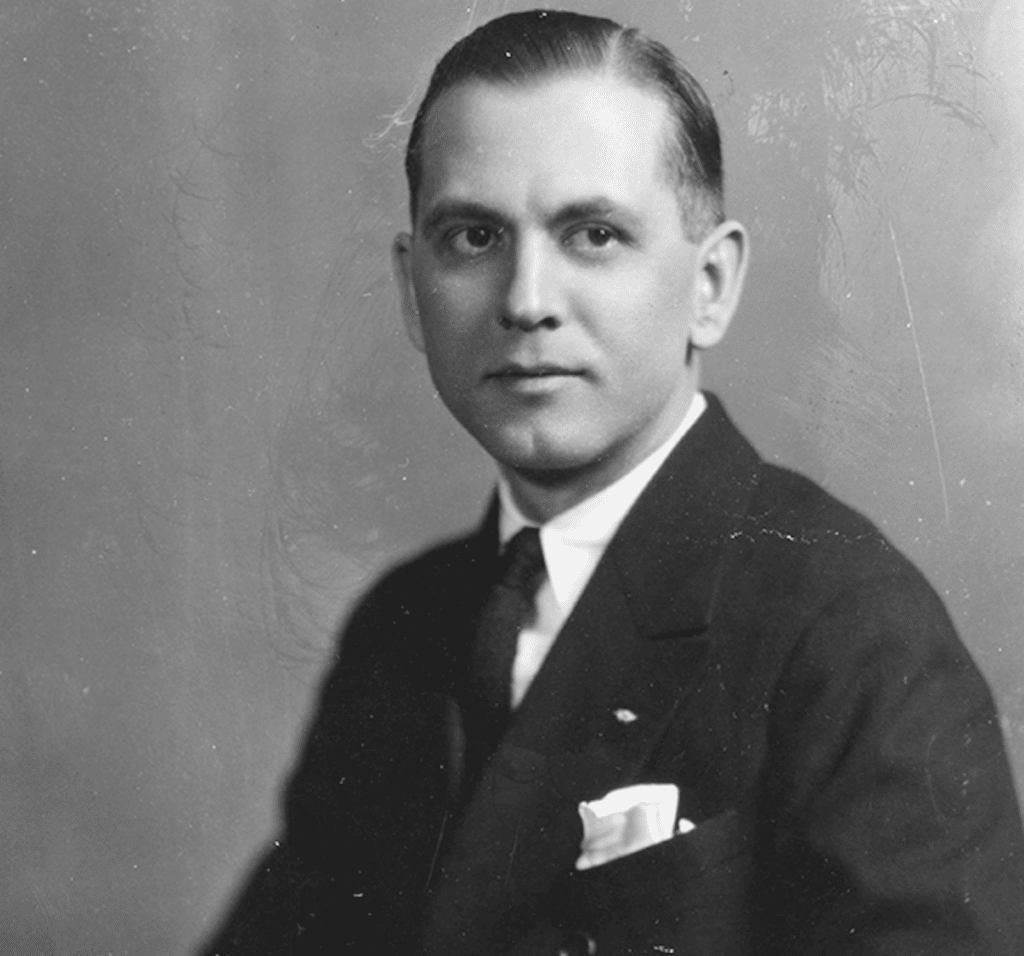
It’s 1924 and 30-year-previous Errett Lobban Twine is appointed basic manager of the battling Auburn Vehicle Co. in Auburn, Indiana, with the possibility to invest in a controlling curiosity in the business if he turns it about. He does, doubling income in each and every of the following a few years.
By then, Wire controls the corporation and starts making his company empire, buying this sort of businesses as Lycoming Manufacturing Co. of Williamsport, Pennsylvania, and luxurious automaker Duesenberg Motors of Indianapolis, amongst quite a few other people.
But Twine demands a vehicle to fill the gap involving the mainstream Auburn and the extremely-luxurious Duesenberg. Enamored of entrance-wheel generate pioneered by race car or truck driver Harry Miller. Twine buys the patent rights from Miller, who will help Twine designed the company’s new motor vehicle in his Los Angeles race automobile store.
The resulting auto is prolonged and very low, sitting a foot decreased than other automobiles many thanks to its front-wheel generate. Dubbed the 1930 Twine L-29, the entrance-wheel-travel vehicle powered by a 125-horsepower 4.9-liter L-head ideal-cylinder motor. But the Wall Road crash and the onset of the Wonderful Depression ends the car’s creation by 1932 just after 5,010 units are developed. A planned L-30 is in no way manufactured.
Cadillac delivers an inspiration
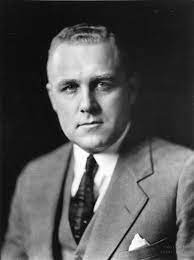
If the Wire L-29 hadn’t tested that successful during tough financial instances, one motor vehicle had: Common Motors LaSalle. It had caught the attention of Twine Company vice president Harold Ames, as it gave Cadillac a reduced priced model to promote in the course of the Depression. Brilliantly conceived, it put Fleetwood coachwork, then applied strictly for Cadillac, atop an Oldsmobile chassis. Ames preferred a thing comparable — a more compact, considerably less high-priced Duesenberg.
Designer Gordon Buehrig, who had labored for Duesenberg due to the fact 1929 but experienced still left for Normal Motors in 1933, was brought again to Wire that exact same yr to head the venture. He was 29 several years outdated.
The end result was a prototype created on a modified Auburn chassis engineered by Augie Duesenberg. The style arrived from 1 he had drawn for a Basic Motors layout levels of competition throughout his time there. Harley Earl despised it, positioning it very last.
When Buehrig still left GM, the style and design went with him, delivering the foundation for the baby Duesenberg. Yet it was under no circumstances made, as falling Auburn profits required what ever funding Wire Corp. had. Once they were, awareness returned to the toddler Duesenberg was revived.
The delivery of the Wire 810
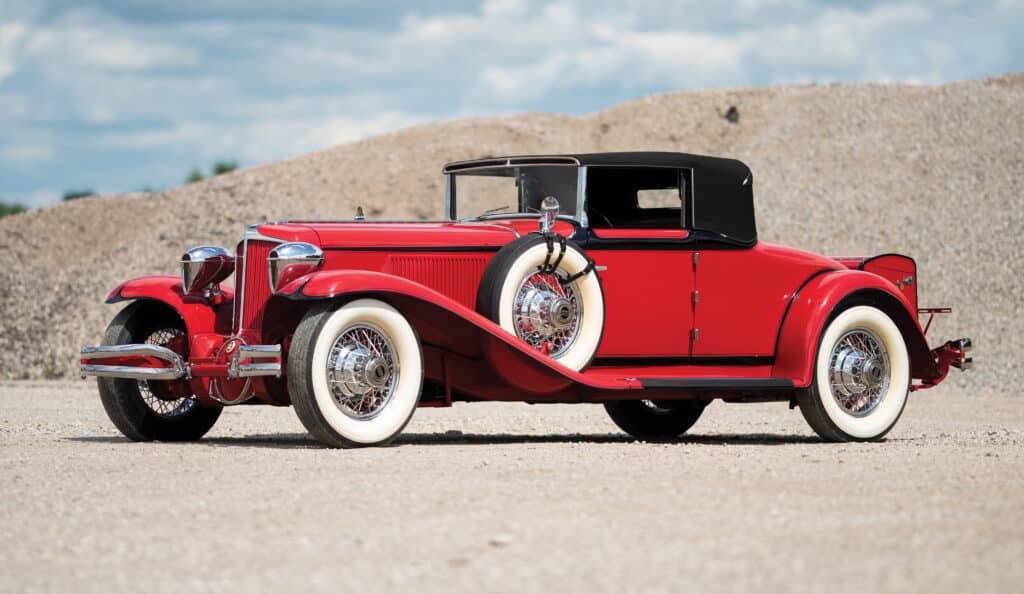
With the revival of the venture, the determination was produced to redesign it as a Wire with front-wheel push and a V-8 motor. Like the Wire L-29, the transmission was positioned forward of the motor, which would be a 125-horsepower Lycoming V-8 somewhat than the L-29’s L-head eight. This shortened the sprint-to-axle ratio by 22 inches as opposed to the L-29.
It was resolved to go with unit-physique development. “It enabled me to use a ‘step-down’ flooring structure, which was a attribute ‘invented’ with much fanfare by Hudson 12 decades later on,” Buehrig later on remembered.
Other engineering firsts provided the 1st front-wheel-drive car with an impartial front suspension as nicely as the use of the “Bendix Electric powered Hand.” Also regarded as a pre-selector gearbox, it had a two-inch very long lever sprouting from an h-gate mounted on the conclusion of a steering wheel stalk.
The driver could use a finger to modify gears without getting rid of their hand from the wheel. The driver first selects 2nd equipment, then a vacuum-powered clutch servo would engage the upcoming equipment when the driver operated the clutch. The style also experienced a further gain: it permitted a few men and women to sit up front.
A design and style as impressive as its engineering
The system design proved equally groundbreaking and stuffed with firsts, like the lack of managing boards, radical horizontal grille, concealed door hinges and the initially complete wheel covers. Even the radio antenna was hidden beneath the automobile to preserve the style and design clean.
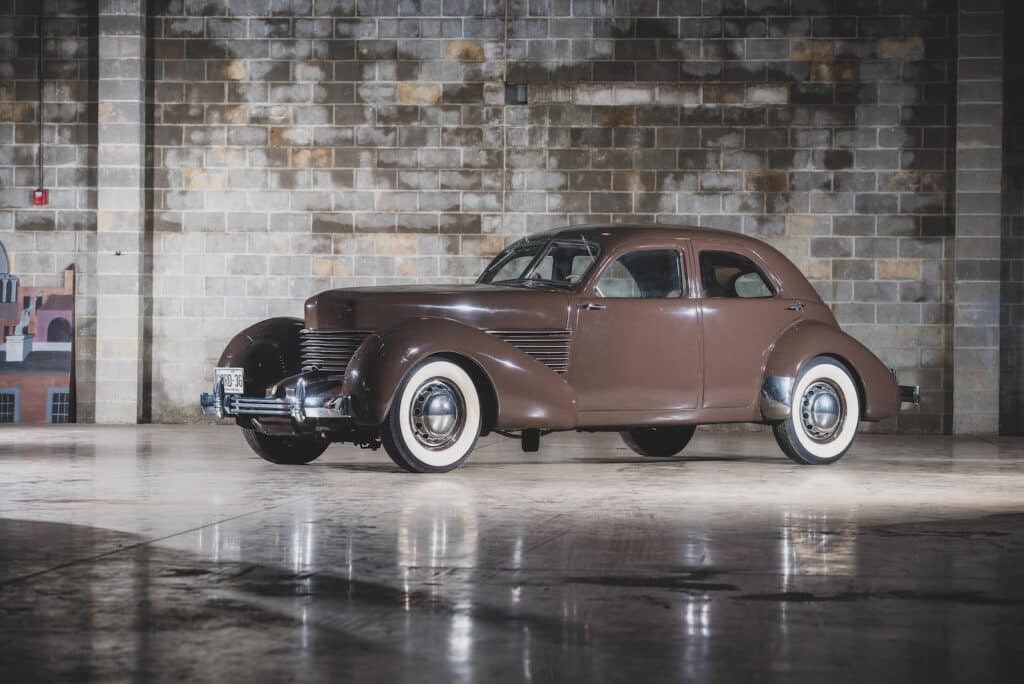
“The impact of some innovations on the Twine are lost to men and women now,” reported Buehrig, who preferred the car or truck to be easily regarded at night.
So as a substitute of mounting a solitary rear gentle previously mentioned the license plate on the rear fender, as was frequent then, he mounted two crimson lights at the bottom on possibly facet of the trunk lid. And the license plate was moved to the heart of the trunk lid and illuminated by a mild. “When you arrived on a Wire at evening, you knew it. In two a long time, this style of rear stop illumination grew to become standard on most cars,” Buehrig stated.
In an hard work to help save money, left rear doorway and correct entrance doorway have been built from the exact tooling as have been the other two doorways. Interior components, these kinds of as the steering wheel and window cranks, were sourced from current models to conserve tooling expenditure.
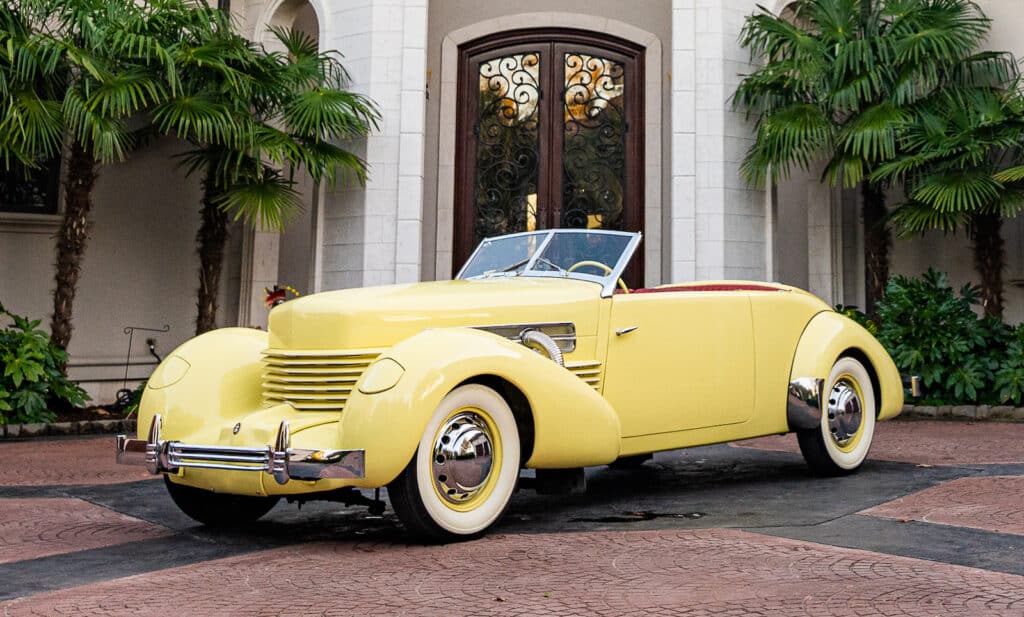
But the major innovation was the Cord 810’s hidden headlamps. An idea taken from Stinson Plane, also owned by Cord Corp., they ended up an industry to start with, and operated by cranks at both conclusion of the Cord’s instrument panel. Electric energy was thought of, but deemed much too costly to develop.
And this 7 days in 1934, Cord’s VP Harold Ames submitted a patent for their retractable headlight.
By the end of 1934, the 810’s layout was entire. But the adhering to thirty day period, January 1935, the method was killed due to absence of funding.
A change of coronary heart
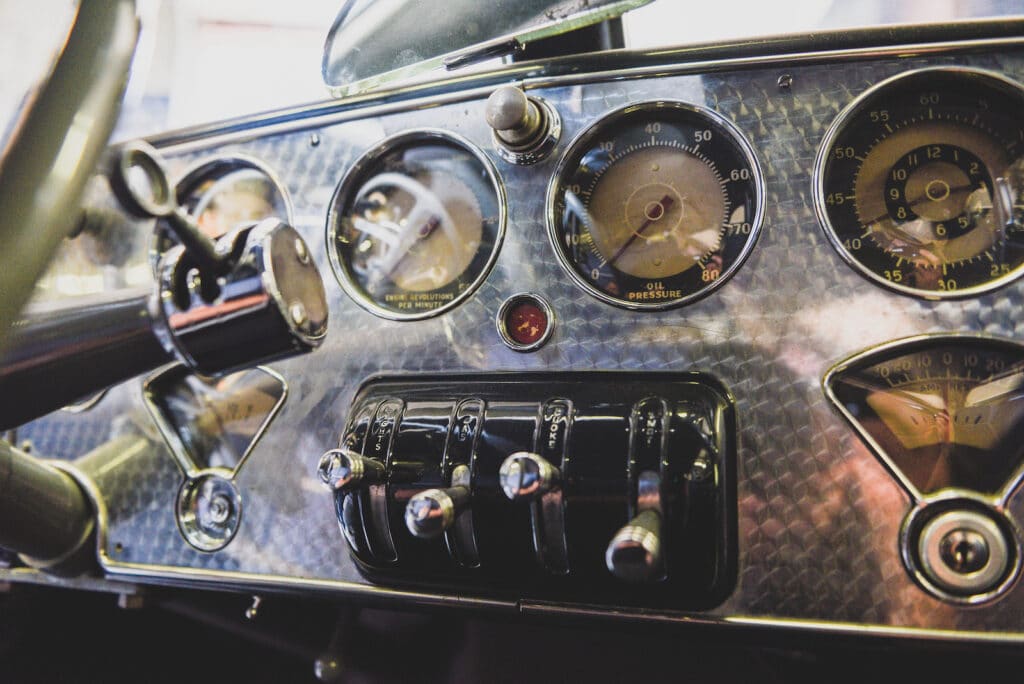
Then, on July 7, 1935, the Board of Directors made the decision to revive the program, with the intention of having the vehicle ready for the New York Auto Present on Nov. 2. That gave the business 3 months and 26 days to take a look at the prototype and get the auto into production, as the organization had to construct at minimum 100 cars and trucks to be suitable to exhibit the automobile at the present.
It proved to be a feeling, and the 810 grew to become the 812 for 1937 with the addition of a supercharger, which boosted horsepower to 170. But soon after 2,830 vehicles had been created, production halted on Aug. 7, 1937.
Cord’s empire was collapsing, and Cord had marketed out the working day just before. The Wire 812 proved to be final vehicle his company produced.
Still its style would show so profound, it gives the inspiration for the 1966 Oldsmobile Toronado, whch capabilities a V-8, entrance-wheel push and concealed headlamps.
[ad_2]
Source url





More Stories
The History of Coventry-Eagle Motorcycles
The History of the Suzuki GT200
A Review of the Suzuki GT500